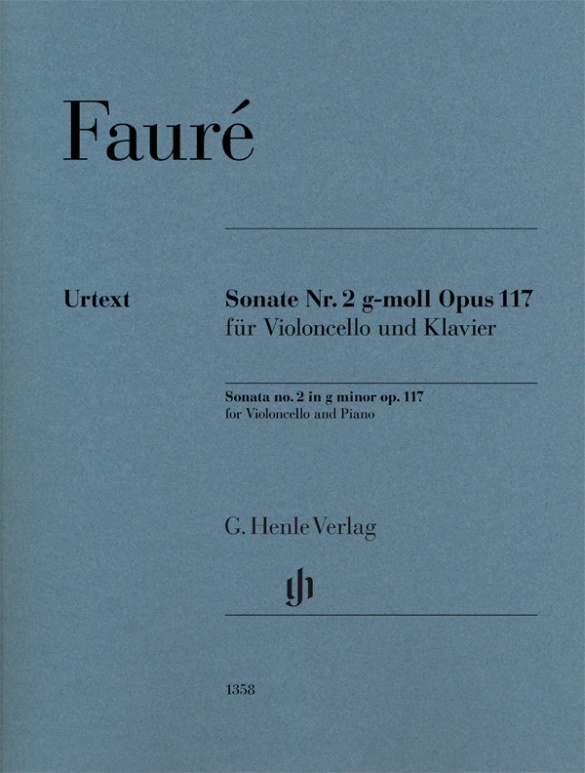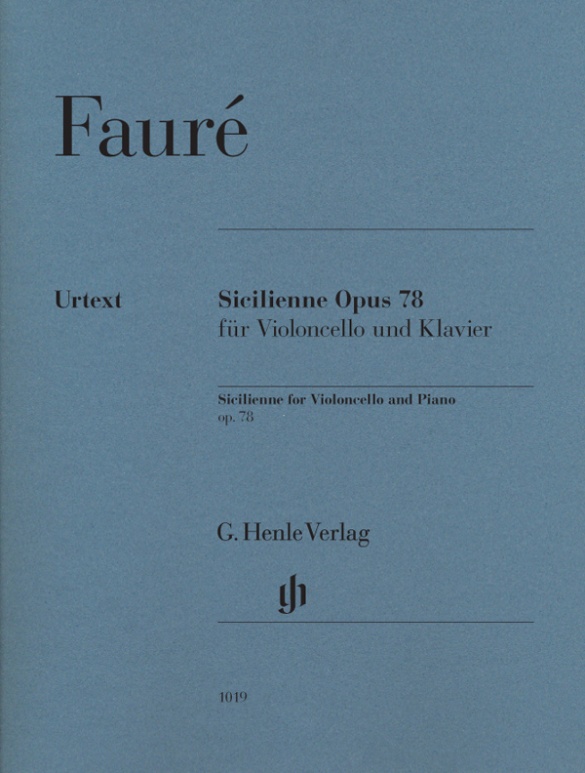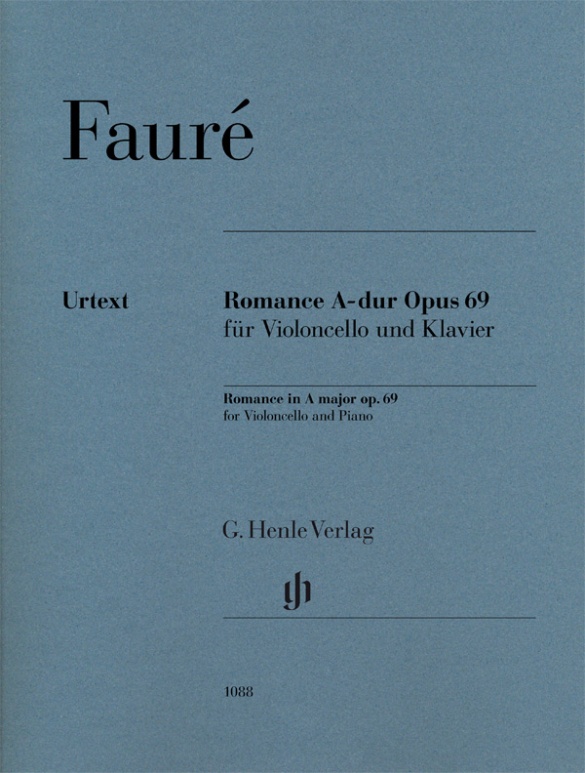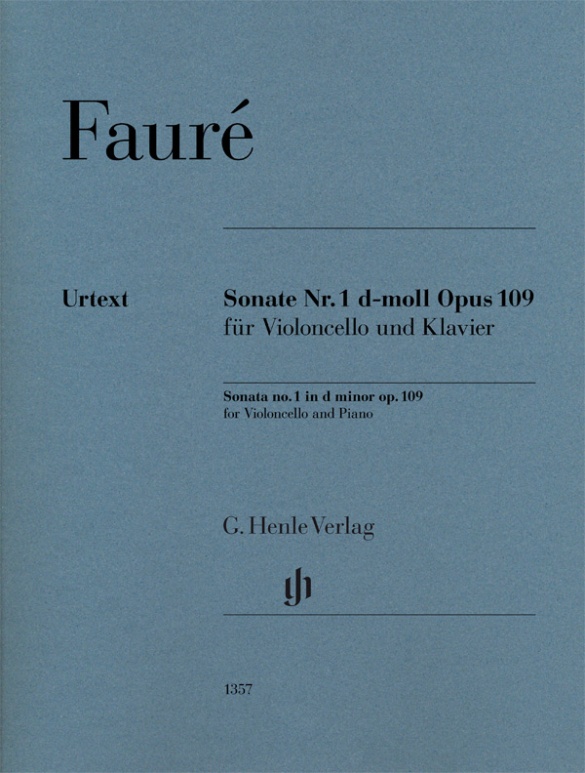Gabriel Fauré
Violoncello Sonata no. 2 g minor op. 117
In contrast to the first cello sonata (HN 1357) composed four years earlier, this substantially more catchy and playful second sonata enjoyed great success with audiences and critics right from the start. Friend and associate Vincent d’Indy wrote to Fauré the day after the premiere in May 1922: “I would like to tell you how much I am still charmed by your so beautiful sonata. In it I found what is seemingly forgotten these days: music.” It therefore comes as no surprise that the sonata rapidly found its way into the concert repertoire, where it maintains an uncontested position to this today. The duo David Geringas and Markus Bellheim provided fingerings.
内容/詳細
作曲家について
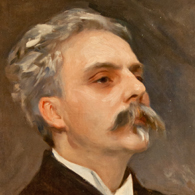
Gabriel Fauré
Representative exponent of French music around 1900. His creative work is centered around the art song, piano music (nocturnes, barcarolles, impromptus, valse-caprice), and chamber music – alongside other genres.
| 1845 | Born in Pamiers (Ariège) on May 12, the son of a primary school teacher. |
| 1854–65 | Attends the École de musique classique et religieuse (founded by L. Niedermeyer), where liturgical musicians were educated; lessons with Saint-Saëns (from 1861). |
| 1866–70 | Organist at the church of Saint-Sauveur in Rennes. |
| 1871 | After occupying various organist positions in Paris, he becomes assistant organist to Saint-Saëns at Saint-Sulpice. He numbers among the founding members of the Société nationale de musique. Performances of his works in their concerts. |
| 1874 | Premiere of his “Suite d’orchestre” in F major (“Symphony No. 1”), which is a compilation of existing pieces. |
| 1875/76 | Violin Sonata No. 1 in A major, Op. 13. |
| 1876–79 | Piano Quartet No. 1 in C minor, Op. 15 |
| 1877 | Maître de chapelle at Paris’s Église de la Madeleine. |
| 1876/78 | Premiere of his choral work “Les Djinns,” Op. 12. |
| from 1879 | Attends performances of Wagner’s music; in his own compositions he distances himself from Wagner. |
| 1885 | Premiere of his Symphony No. 2 in D minor, later destroyed. |
| 1887/88 | Requiem, Op. 48. |
| 1891 | “Cinq Mélodies ‘de Venise’,” Op. 58, on texts by Verlaine. |
| 1892–94 | “La bonne chanson,” Op. 61, on texts by Verlaine. |
| 1896 | Successor to Dubois at the Madeleine. He conducts a composition class at the Paris Conservatoire. |
| 1900 | Premiere of the tragédie lyrique “Prométhée,” Op. 82. |
| 1905–20 | Director of the Conservatoire. |
| 1909 | President of the Société musicale indépendante. |
| 1913 | Premiere in Monte Carlo of his opera “Pénélope.” |
| 1919 | Song cycle, “Mirages,” Op. 113, with clear features of his modernist late style. |
| 1924 | Death in Paris on November 4. |
校訂者や運指担当者について
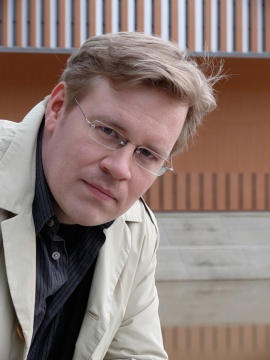
Markus Bellheim (運指)
David Geringas (チェロの運指とボーイング)
製品安全に関する情報

G. Henle Verlag
製品の製造元に関する情報はこちらでご覧いただけます。G. Henle Verlag
Forstenrieder Allee 122
81476 München
info@henle.de
www.henle.com
Fabian Kolb s’est livré à la chasse aux inévitables erreurs de gravure, et il a eu en outre accès à plusieurs jeux d’épreuves qui lèvent certains doutes. Cette nouvelle édition constitue maintenant la référence.
La Lettre du Musicien, 2021... wer also noch keine Fauré-Sonaten besitzt, dem seien die neuen Henle-Hefte ans Herz gelegt – vor allem die zweite Sonate op. 117!
ESTA-Nachrichten, 2022おすすめ
autogenerated_cross_selling
このタイトルを含む他の版
このタイトルを含む他の版


